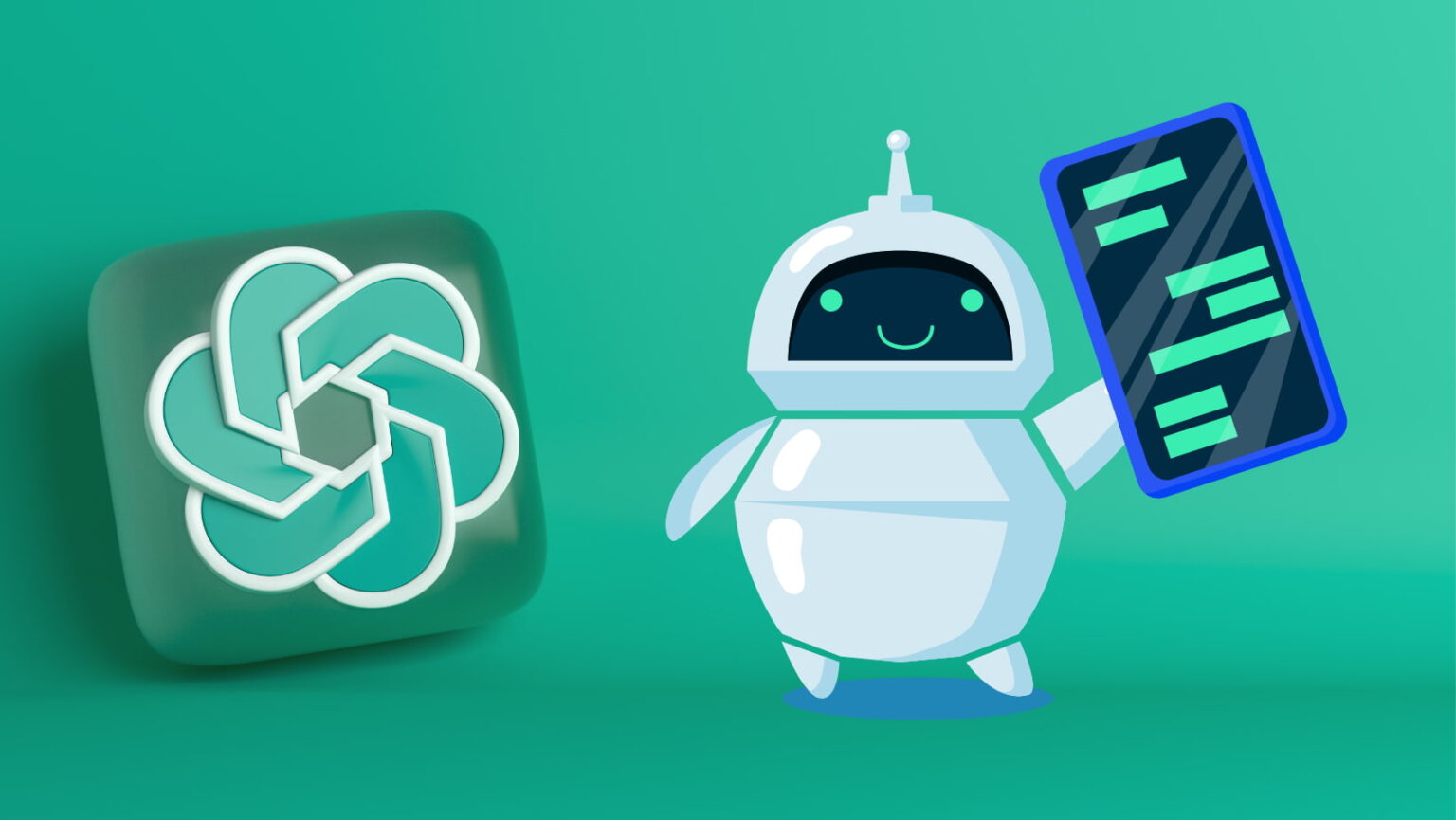Guide on Free Tools for Detecting ChatGPT, GPT3, and GPT2.
AI has revolutionized human interaction and learning. Chatbots have made it simpler than ever to have natural-sounding conversations with computers. The progress of technology, however, makes one doubt the validity of the discussion. Several chatbots employ language models like ChatGPT, GPT-3, and GPT-2, which may produce responses that sound virtually human. Avoid misunderstandings by using one of the five free tools we provide for identifying these linguistic models.
Introduction
The use of chatbots is becoming more commonplace. They assist us with everything from placing food orders to arranging meetings. However, concerns have been raised concerning the veracity of chatbots that use language models that may replicate human-like conversations. Avoid misunderstandings by using one of the five free tools we provide for identifying these linguistic models.
GPT-2, GPT-3, and ChatGPT: What Are They?
ChatGPT, GPT-3, and GPT-2 are all language models created by OpenAI, an AI research organization. The responses generated by these language models may be indistinguishable from human speech. They use deep learning algorithms that learn from massive amounts of data to provide personalized responses to queries.
Why do we have to choose these language prototypes?
Using these language models, a chatbot’s conversational validity might be compromised. To verify that a conversation is real and not fabricated by a machine, it is crucial to recognize various language models. It is feasible to recognize likely cases of fraud, deceit, and misinformation by identifying these language models.
Botometer
The University of Southern California developed a tool called Botometer to identify automated Twitter accounts from real people. To determine whether or not a Twitter account is automated, it uses a machine learning algorithm to analyze the account’s tweet volume, follower count, and content. A score between 0 and 1 is provided by the tool, with 1 indicating the highest bot suspicion.
BotScan
The University of Cambridge developed BotScan, which scans a conversation for the existence of ChatGPT, GPT-3, and GPT-2 language models. It uses a machine learning algorithm to deduce whether or not the responses are human-generated by analyzing their linguistic structure.
BotSlayer
The Network Science Center at Indiana University developed a program called BotSlayer that can detect bots and their actions in real-time. It uses a machine learning algorithm to analyze the bot’s actions, such as the amount and regularity of its tweets.
Botcheck.me
Botcheck.me is a service that can identify automated accounts across several social media platforms. A machine learning algorithm examines the account’s behavior, including the frequency of posts, the number of followers, and the substance of posts, to determine the possibility that the account is automated.
Grammica.com
The Chat gpt ai detector on Grammica Chat is a simple web tool. The average perplexity and burstiness values, as well as a summary, are available with a single click of the “GET RESULTS” button once you have pasted in your text. Any text that sounds like it was created by a computer will also be called out.
Evaluation of the Tools
There are noticeable differences between each of the aforementioned tools. When compared to BotScan and Botcheck, Botometer and Botometer Lite are better at spotting Twitter bots.me are more general and may be used on several platforms. BotSlayer, on the other hand, is dedicated to instantaneous bot detection.
Conclusion
In order to guarantee the veracity of conversations with chatbots, it is becoming more important to pinpoint the use of language models like ChatGPT, GPT-3, and GPT-2. These five open-source programs might help discover and identify such language models, avoiding any confusion or harm that could otherwise follow from their use.
also visit: Blogriders.in
